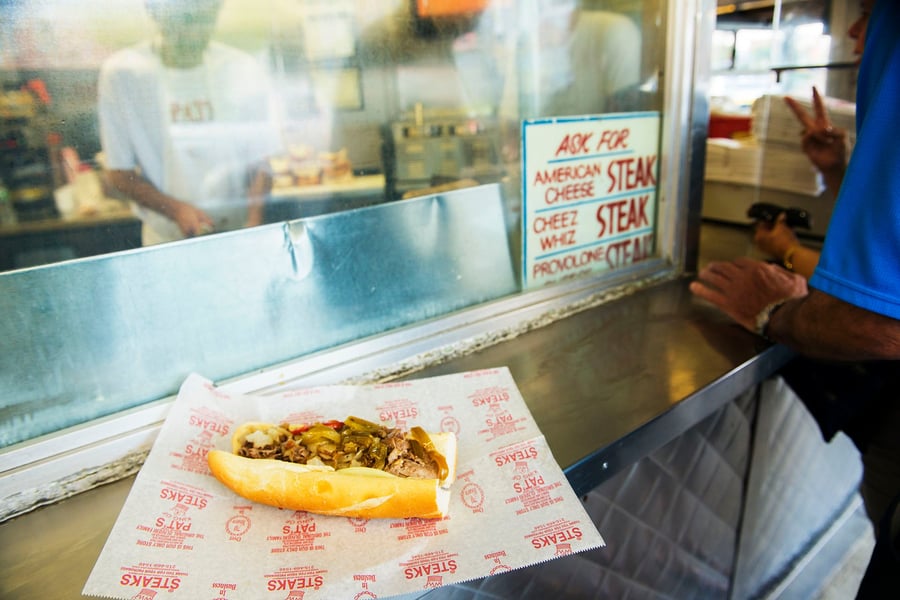Restaurant

Related Articles
Subscribe to our blog
Receive free educational resources like exclusive reports, webinars, and industry thought leadership articles straight to your inbox.


Understanding the ROI of the Agilence Platform
An in-depth return on investment (ROI) analysis for Agilence customers by Drive Research.
Agilence AI: From Data To Smart Detection
Agilence Senior Director of Product Management Keneavy Krenzin demonstrates how our AI tools detect high-risk transactions, streamline fraud investigations, and enhance data exploration with natural language queries for smarter decision-making.
Return Fraud Guide
In this comprehensive guide. we explore essential topics such as the definitions and impact of return fraud. the common types of fraudulent returns. and the connection between organized retail crime and return fraud. You will also find practical steps to prevent return fraud and insights into how modern technology can be used to fight back.
 Laura Johnson
Laura Johnson

The Restaurant Leadership Conference has come and gone, and as first-time attendees, we were very impressed. The sessions and speakers were captivating, attendees were engaged, and the topics were eye-opening. Many of the sessions at the conference seemed to focus on three large concepts: hiring/labor costs, delivery, and the impact of adjusting to a mobile-first world. But, there was one topic outside of this that caught our eyes and ears the most…quick service restaurants (QSR).
After speaking with restaurant operators, vendors, and industry experts at RLC, it appears as though quick service restaurants – the term – is dead. Or, at the very least, dying. So what happened to QSR? At first, this rebranding of an entire segment of the restaurant industry seems sudden, but when you look closer it simply follows a trend that has been years in the making. I think it even indicates another trend that is on the horizon.
What is replacing QSR? The term many are jumping behind is Limited Service Restaurants or LSR. This doesn’t seem like a big shift; after all, the term “LSR” has been around the industry for some time now. However, it is gaining a lot of steam and shows just how much of an impact fast-casual restaurants have had on the industry over the last half-decade.
QSRs are traditionally considered fast-food restaurants, while fast-casual restaurants lived somewhere in the middle of quick service and table service. But as we have seen in today’s restaurant world, both fast food and fast-casual restaurants are focusing more and more on the experience. Yes, it is still very much about the quality and quickness of the food, but it is becoming increasingly important to have guests identify with your brand. QSRs and fast-casual chains want customers to stick around, meet with friends, or even get some work done instead of taking their meal to go.
The line is being blurred between fast food and fast-casual restaurants, and Limited Service Restaurants (LSR) is simply a reflection of that.
Don’t expect the blurring of lines to end there, though. Looking forward, I think it’s safe to say that the trend of consolidating industry defining terms will continue. Within the next half decade, it will become increasingly difficult to differentiate between Limited Service Restaurants (LSR) and Full Service Restaurants (FSR).
The easy way to tell the difference between the two now is that at LSRs you typically pay before you eat and there is no wait staff, while at FSRs you pay after you eat and there is a wait staff. But think about the last few restaurants you have been too. At what point during the meal did you pull out your wallet? Was there a waiter or waitress? How did the food end up at your table?
LSRs are asking their staff to fill more service-like roles such as bringing your food directly to your table and refilling drinks, while FSRs – especially larger chains – are relying more on tablets at the table to take the guests order. The lines of differentiation are blending and those former black-and-white parameters are now turning a shade of grey.
At the end of the day, LSR will become more of a prominent term in the restaurant industry…but don’t expect it to stay on top for too long.
Interested in what Agilence can do for your multi-unit restaurant chain? Schedule a demo today and learn how enterprise analytics can deliver better results for your corporate & field teams.

%20(1)-1.png)

Receive free educational resources like exclusive reports, webinars, and industry thought leadership articles straight to your inbox.